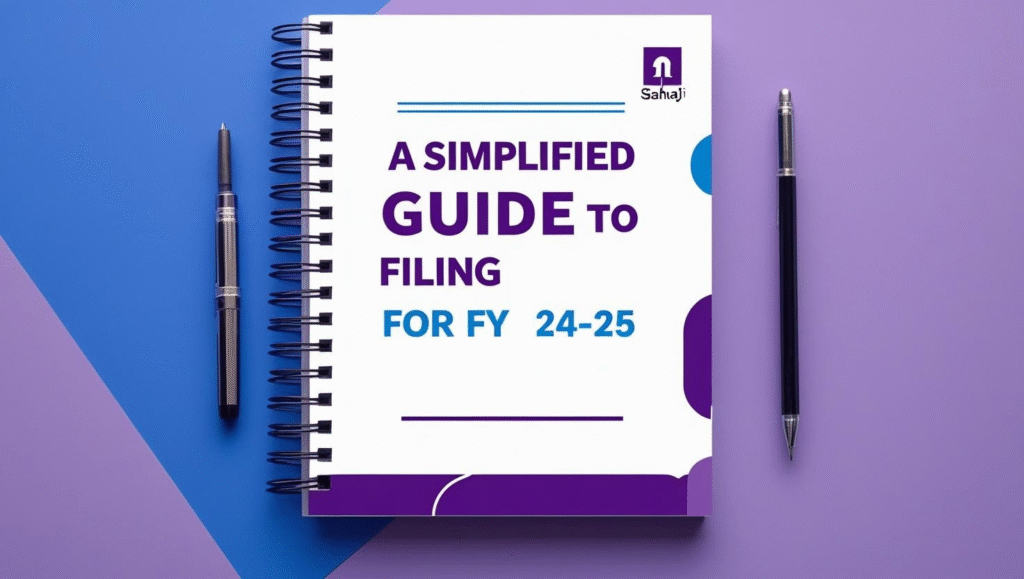Filing your Income Tax Return (ITR) can sometimes feel overwhelming, but for many salaried individuals and pensioners, ITR-1 (also known as Sahaj) is the right form to use. The Income Tax Department has introduced several important changes for the Financial Year (FY) 2024-25, which corresponds to the Assessment Year (AY) 2025-26. These updates are designed to improve transparency and streamline the e-filing process. Here’s everything you need to know to file your ITR-1 with confidence.

The new ITR-1 form includes several changes that you should be aware of, especially if you’re opting for the old tax regime to claim various deductions.
In a significant change, ITR-1 is now available to a wider range of taxpayers. Previously, any capital gains disqualified you from using this form. Now, if your only capital gains are long-term capital gains (LTCG) up to ₹1.25 lakh from the sale of listed equity shares or equity-oriented mutual funds under Section 112A, you can still file ITR-1. This is great news for small-scale investors.
To combat false claims and ensure accuracy, the Income Tax Department now requires more detailed information for certain deductions if you are filing under the old tax regime. You should have all supporting documents ready to avoid any issues. Here are the new disclosure requirements:
Taxpayers are now required to specify the section under which TDS (Tax Deducted at Source) was deducted for their various income sources (e.g., Section 192 for salary or Section 194A for interest). This helps the system cross-verify TDS credits with your Form 26AS and Annual Information Statement (AIS) to ensure accuracy.
For AY 2025-26, the option to use an Aadhaar Enrollment ID has been removed from all ITR forms. You must provide a valid Aadhaar number to file your return. If your Aadhaar and PAN are not linked, you will not be able to proceed with your filing.
For non-audit taxpayers, the deadline to file ITR for FY 2024-25 (AY 2025-26) has been extended to September 15, 2025, from the original date of July 31, 2025. This extension provides additional time to comply with the new requirements.
Q1: Can I still file ITR-1 if I have income from a business or profession?
No, ITR-1 is specifically for salaried individuals, pensioners, and those with income from one house property or other sources up to ₹50 lakh. Business or professional income requires you to file a different form, such as ITR-3 or ITR-4.
Q2: I forgot to submit my investment proofs to my employer. Can I still claim the deductions?
Yes, you can still claim eligible deductions when filing your ITR directly. However, with the new, stricter disclosure rules, you must have all the supporting documents ready in case they are requested by the tax authorities.
Q3: What if I miss the September 15, 2025, deadline?
If you miss the due date, you can still file a belated return by December 31, 2025, but you will be liable for a late filing fee of up to ₹5,000.
Q4: Is the new tax regime the default option?
For AY 2025-26, the new tax regime remains the default. If you wish to claim deductions and exemptions under the old regime, you must specifically opt for it while filing your return.
The Income Tax Department’s changes to ITR-1 for AY 2025-26 are a clear step toward enhancing transparency and accuracy in tax reporting. The key takeaways for taxpayers are to be diligent with documentation, carefully verify pre-filled data, and understand the expanded eligibility criteria, particularly regarding capital gains.
Filingg.com offers expert services to ensure your business thrives. For more details, contact 7791910007 or info@filingg.com today!
WhatsApp us